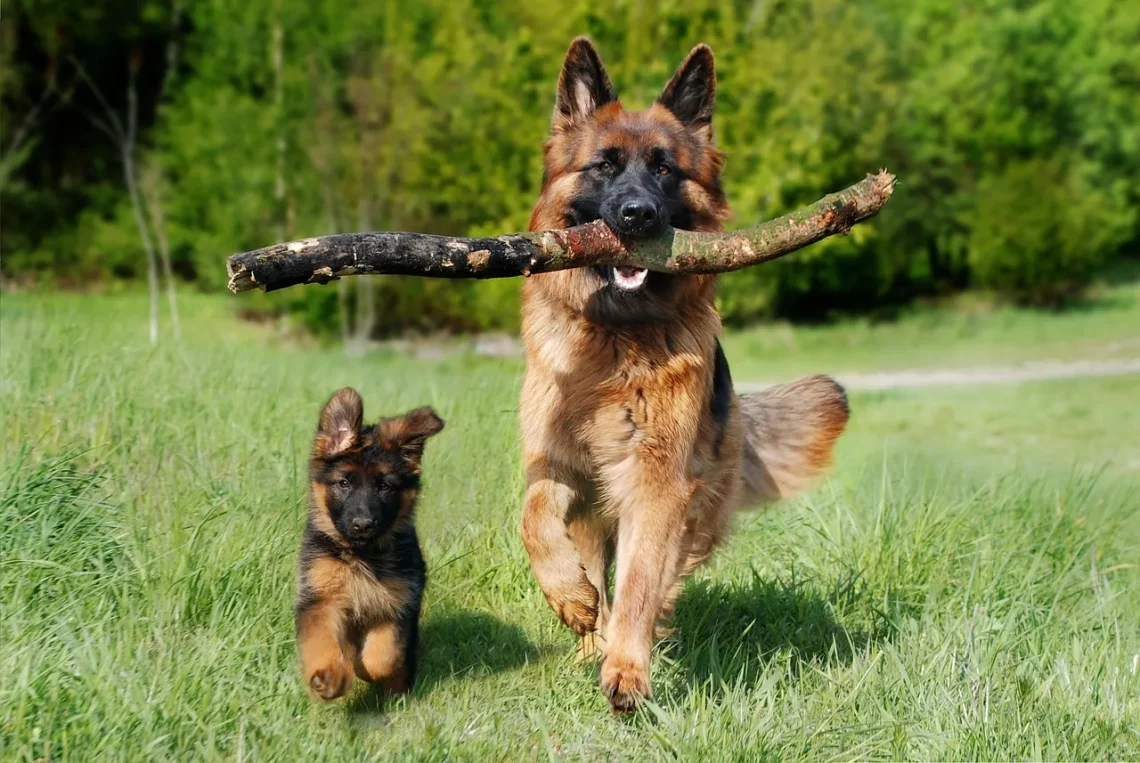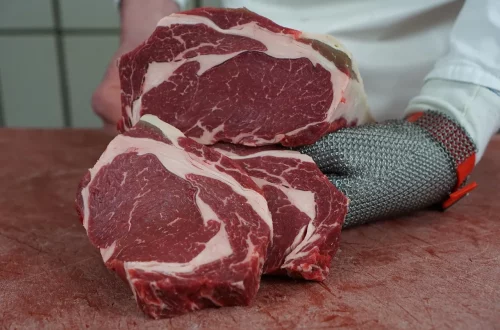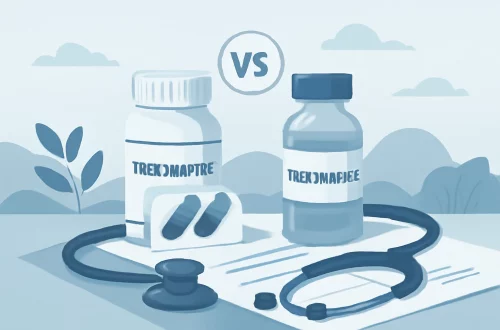-
Understanding Hip and Joint Health in Dogs: A Comprehensive Guide
Understanding the intricacies of hip and joint health in dogs is an essential aspect of responsible pet ownership. Just like humans, dogs can suffer from various musculoskeletal issues that impact their overall well-being and quality of life. These health concerns can range from mild discomfort to severe pain and mobility issues, often affecting their ability to engage in daily activities and enjoy their time with their owners. As dogs age or as they engage in more vigorous activities, their joints can wear down, leading to conditions such as arthritis or hip dysplasia. These issues can arise from a combination of genetic predispositions, injury, and lifestyle factors. Understanding the signs of…
-
Understanding Dog Abdomen Anatomy: A Comprehensive Guide
Understanding the anatomy of a dog’s abdomen is essential for pet owners, veterinarians, and anyone interested in canine health. The abdomen houses vital organs that play crucial roles in digestion, reproduction, and overall bodily function. Understanding these components can help pet owners recognize signs of distress, manage health concerns, and ensure their furry friends lead happy, healthy lives. Dog abdominal anatomy is a complex and fascinating subject. It encompasses a wide range of organs, tissues, and systems that work in harmony to maintain health. The abdomen is not just a simple cavity; it is a dynamic space filled with structures that interact with one another. A basic understanding of this…
-
Understanding Your Dog’s Anatomy: The Importance of Reproductive Health
Understanding the anatomy of your dog is crucial for every pet owner. Just like humans, dogs have complex bodily systems that require attention and care. A well-informed dog owner is better equipped to recognize signs of health issues, understand behavioral changes, and promote overall well-being. It is important to appreciate the intricacies of canine anatomy to provide optimal care and ensure a happy, healthy life for your furry friend. While many may focus on the more visible aspects of a dog’s health, such as coat condition and weight management, reproductive health is equally important and often overlooked. Understanding the reproductive system of dogs can empower owners to make informed decisions…
-
Understanding Why Your Dog’s Hind Legs Are Not Working Properly
Understanding the mobility of our canine companions is crucial for any dog owner. When our dogs experience difficulty in their hind legs, it can be a source of concern, fear, and confusion. As loyal and loving members of our families, dogs rely on us to be their advocates, especially when they face physical challenges. Observing changes in mobility can be alarming, particularly if it happens suddenly or progressively over time. Hind leg issues can manifest in various ways, from weakness and unsteadiness to complete immobility. These issues can significantly affect a dog’s quality of life, limiting their ability to enjoy daily activities such as walking, playing, or simply getting up…
-
Understanding Schnauzer Tail Characteristics and Care Tips
Schnauzers are a beloved breed, known for their distinctive appearance and spirited personalities. One of the notable characteristics of this breed is their tails, which can vary significantly depending on factors such as the type of Schnauzer and individual genetics. Understanding the tail characteristics of Schnauzers is essential for any owner, as it can impact not only the dog’s appearance but also its overall health and well-being. The tail serves multiple purposes for dogs, including communication and balance. In Schnauzers, it’s not just a physical feature but also an expression of their personality. Owners often find themselves captivated by the way a Schnauzer’s tail wags with excitement or curls in…
-
Understanding Dog Barrel Chest: Causes, Breeds, and Care Tips
Understanding dog barrel chest is an essential topic for dog owners and enthusiasts alike. This physical characteristic is often seen in various breeds, and while it may seem merely aesthetic, it can have significant implications for a dog’s health and overall well-being. The barrel-shaped chest is not just a trait; it reflects how a dog’s body is built, influencing their breathing, stamina, and susceptibility to certain health conditions. In many cases, dogs with a barrel chest are bred for specific purposes, such as hunting or herding, where their physical attributes can enhance their performance. However, understanding the underlying causes of this body structure, the breeds that typically exhibit it, and…
-
Understanding Weakness in Your Dog’s Rear Legs and Its Causes
Understanding the causes of weakness in your dog’s rear legs can be a perplexing issue for many pet owners. When a dog exhibits signs of weakness or difficulty in mobility, it can be distressing not only for the pet but also for its owner. Dogs, much like humans, can experience a variety of health conditions that affect their strength and coordination. Recognizing the symptoms early on is crucial, as it can make a significant difference in the treatment and management of the underlying issues. The rear legs are essential for a dog’s overall mobility and quality of life. Whether it’s jumping, running, or simply walking, the strength of the hindquarters…
-
Understanding Dog Femur Anatomy and Common Injuries
Understanding the anatomy of a dog’s femur is fundamental for pet owners, trainers, and anyone involved in canine care. The femur, or thigh bone, is the longest and strongest bone in a dog’s body, playing a pivotal role in mobility and overall function. It connects to the hip joint at one end and the knee joint at the other, facilitating a range of movements essential for activities such as running, jumping, and walking. Awareness of the femur’s structure is crucial, particularly for those who engage in high-impact activities with their dogs or those who own breeds predisposed to certain skeletal issues. The femur is composed of several important features, including…
-
Understanding Dog Back Leg Shaking: Causes and Solutions
Understanding the nuances of canine health can be a perplexing endeavor for many pet owners. Our furry companions, with their unique behaviors and physical responses, often communicate their needs and discomfort in ways that may not be immediately clear to us. One such behavior that can raise concern is the shaking of a dog’s back legs. While occasional tremors might be harmless, persistent shaking can indicate underlying issues that require attention. As loving pet owners, it’s natural to worry when we notice unusual behaviors in our dogs. It’s important to remember that dogs cannot verbally express what they are feeling, making it our responsibility to interpret their body language and…
-
Understanding Meniscus Tear in Dogs: Symptoms and Treatment Options
Understanding a meniscus tear in dogs is crucial for pet owners who want to ensure the health and mobility of their furry companions. The meniscus is a C-shaped cartilage located in the knee joint, acting as a cushion and stabilizer. It plays a vital role in absorbing shock and maintaining proper joint function. When a tear occurs, it can lead to significant pain and discomfort for the dog, impacting their quality of life. A meniscus tear can happen due to various reasons including injury, overexertion, or degenerative changes. Certain breeds are more predisposed to joint issues, making them more susceptible to conditions like meniscus tears. Recognizing the signs and symptoms…






































